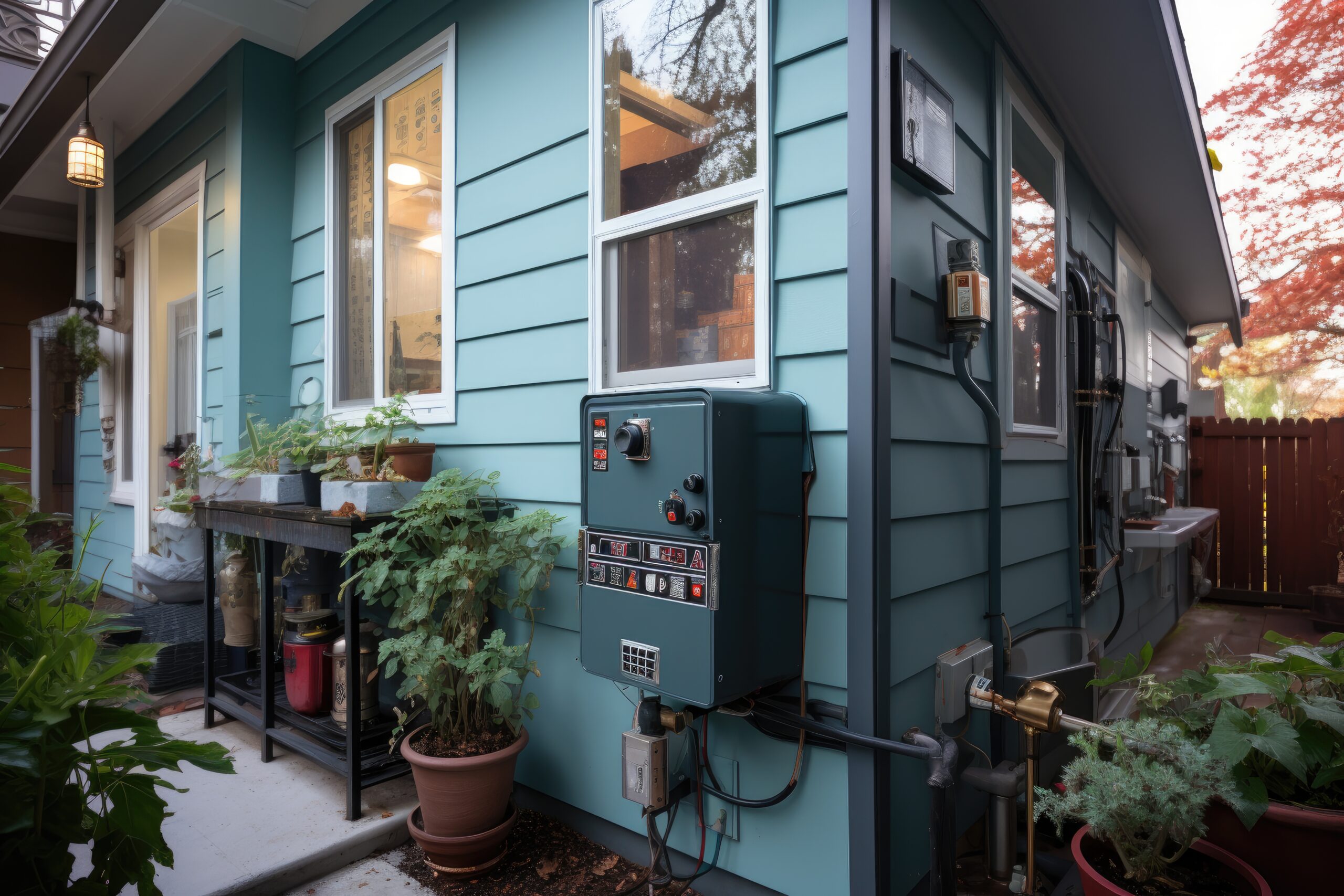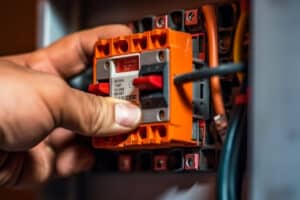How to Add a Generator to Your Home?
Key Takeaways
- Choosing the right generator for your home is crucial and depends on factors such as power needs, budget, and fuel availability.
- The installation process involves steps such as moving the generator away from the home, installing a power inlet box, connecting the generator to the power inlet box, choosing a transfer switch or mechanical interlock, coordinating with the utility company, and testing the generator and transfer switches.
- When adding a generator to your home, it is important to consider the placement of the generator, prepare the installation site, and properly connect the fuel line.
Adding a generator to your home can provide peace of mind and ensure that you have a reliable source of power during outages or emergencies. Whether you choose a portable generator or a standby generator, the installation process requires careful planning and adherence to safety guidelines. In this article, we will explore the steps involved in adding a generator to your home and discuss the best generator options available.
Choosing the Right Generator
Before diving into the installation process, it is crucial to choose the right generator for your home. The generator you select will depend on factors such as your power needs, budget, and the type of fuel available. Here are some popular generator options:
- Honda EU2200i Companion Inverter Generator: According to Popular Mechanics, this generator is ideal for home use due to its reliability and compact size.
- Generac Guardian 24kW Standby Generator, Model 7209: The Spruce recommends this generator for its high power output and automatic operation.
- Generac GP6500 Portable Generator: Good Housekeeping rates this generator as one of the best for its versatility and durability.
Generator Installation Steps
Now that you have chosen the right generator for your home, it’s time to move on to the installation process. Keep in mind that it is recommended to have a licensed electrician perform the installation. Here are the general steps involved:
- Move the generator away from the home: Start by moving the generator to a safe distance of at least 10 feet from your home. This ensures proper ventilation and reduces the risk of carbon monoxide poisoning.
- Install a power inlet box: Next, install a power inlet box on the exterior of your home. This box will serve as the connection point between the generator and your home’s electrical system.
- Connect the generator to the power inlet box: Use power cords with a twist-lock design to connect the generator to the power inlet box. This ensures a secure and reliable connection.
- Choose a transfer switch or mechanical interlock: Depending on your preference, choose between a transfer switch or a mechanical interlock to connect the generator to your home’s electrical panel.
- Install the transfer switch or mechanical interlock: If you opt for a transfer switch, install it between the electrical panel and the power inlet box. If you choose a mechanical interlock, install it in the electrical panel.
- Coordinate with the utility company: Before proceeding further, call your local utility company to shut off power to the panel and verify that there is no power feeding the panel.
- Install a mounting board for the transfer switch: Near the electrical panel, install a mounting board for the transfer switch.
- Connect the circuits: Run flexible conduit from the transfer switch to the electrical panel and connect the individual circuits.
- Wire the power inlet box: Choose a location for the power inlet box and run conduit from the transfer switch to the inlet box. Wire the inlet plug to the transfer switch box.
- Test the generator and transfer switches: Before calling the utility company to replace the meter, test the generator and transfer switches to ensure everything is functioning correctly.
Generator Placement and Fuel Connection
In addition to the installation steps, it is essential to consider the placement of the generator and the fuel connection. Here are some guidelines:
- Choose a suitable location: Select a stable, well-drained location for your generator. Ensure there are adequate clearances from the house, doors, windows, and fresh air intakes.
- Prepare the installation site: Use a concrete slab or pea gravel as the base for your generator and place the generator on it.
- Connect the fuel line: Depending on the type of fuel your generator uses, connect the fuel line to the generator. Follow the manufacturer’s instructions for proper fuel connection.
Cost of Adding a Generator to Your Home
The cost of installing a generator in your home can vary depending on factors such as the generator’s size, fuel type, and the complexity of the installation. According to Forbes, the cost can range from $4,000 to $25,000 or more, with an average cost of around $9,000, including installation. HomeGuide provides a more specific estimate, stating that the cost of adding a whole house generator to your home can range from $6,000 to $11,000 on average, including both the generator and labor for installation.
Conclusion
Adding a generator to your home is a wise investment that can provide you with peace of mind during power outages. By following the proper installation steps and selecting the right generator for your needs, you can ensure a reliable source of power for your home. Remember to consult with a licensed electrician for safe and professional installation.
Related Websites:
FAQs:
Q: What are the different types of generators?
There are three main types of generators: portable, standby, and inverter. Portable generators are versatile and can be moved around easily. Standby generators are permanently installed and automatically turn on when there is a power outage. Inverter generators are known for their quiet operation and clean power output.
Q: How do I choose the right generator for my home?
When choosing a generator, consider factors such as your power needs, the size and capacity of the generator, and its fuel consumption. Assessing safety and noise considerations, compliance with local regulations, and convenient installation locations are also important factors to consider.
Q: What should I consider when determining the appropriate generator size?
To determine the appropriate generator size, calculate the total power load of your essential appliances and systems. Consider any future power needs and expansion. It’s also important to understand generator capacity and fuel consumption to ensure it can handle your power requirements.
Q: How do I connect the generator to my home?
To connect a generator to your home, you’ll need a transfer switch. Transfer switches are important for safely transferring power from the generator to your home’s electrical system. There are different types of transfer switches, and proper wiring techniques and precautions should be followed during installation.
Q: What fuel type should I choose for my generator?
The choice of fuel type for your generator depends on your specific needs and preferences. Common fuel types include gas, propane, and diesel. Consider factors such as availability, storage requirements, and safety considerations when choosing the right fuel type for your generator.






